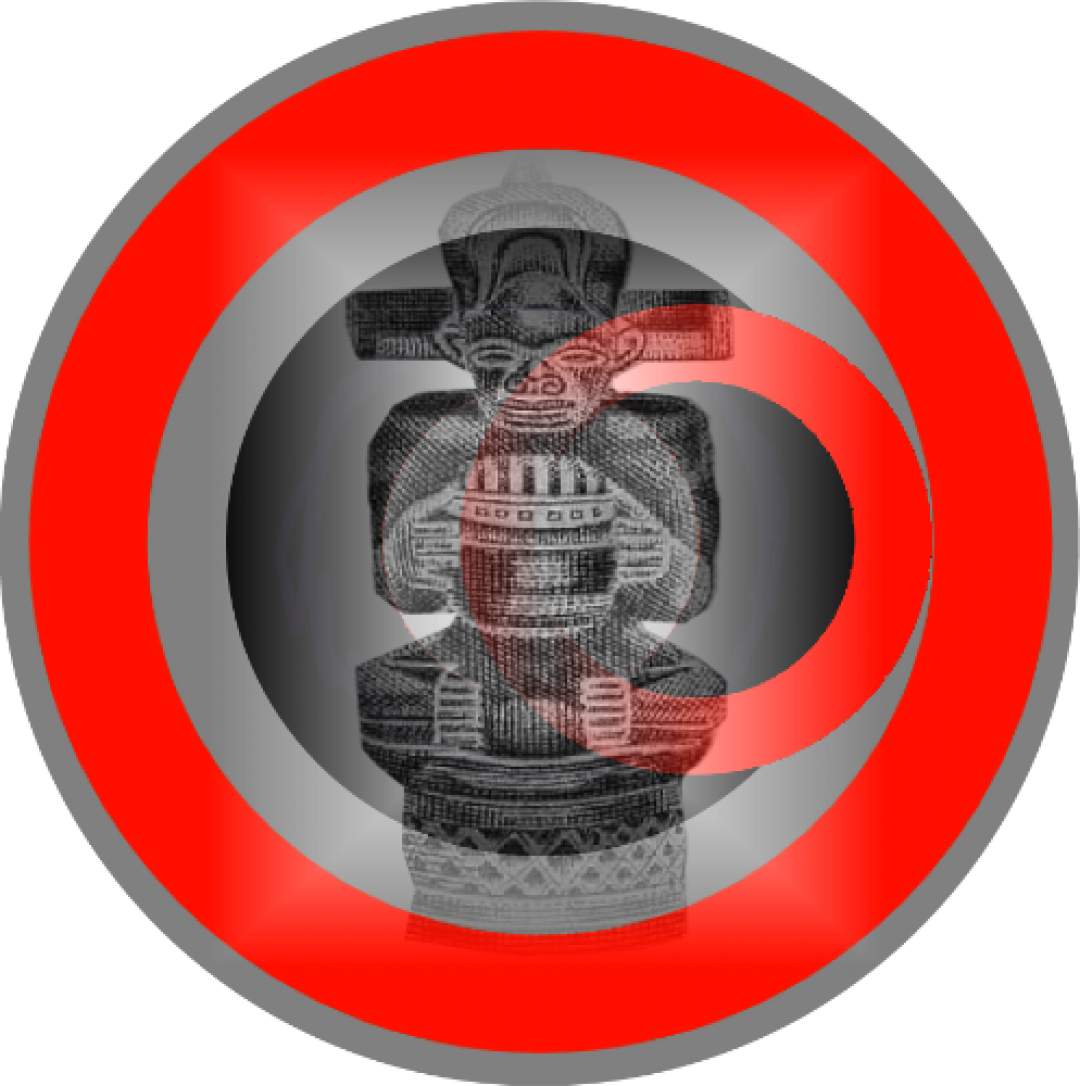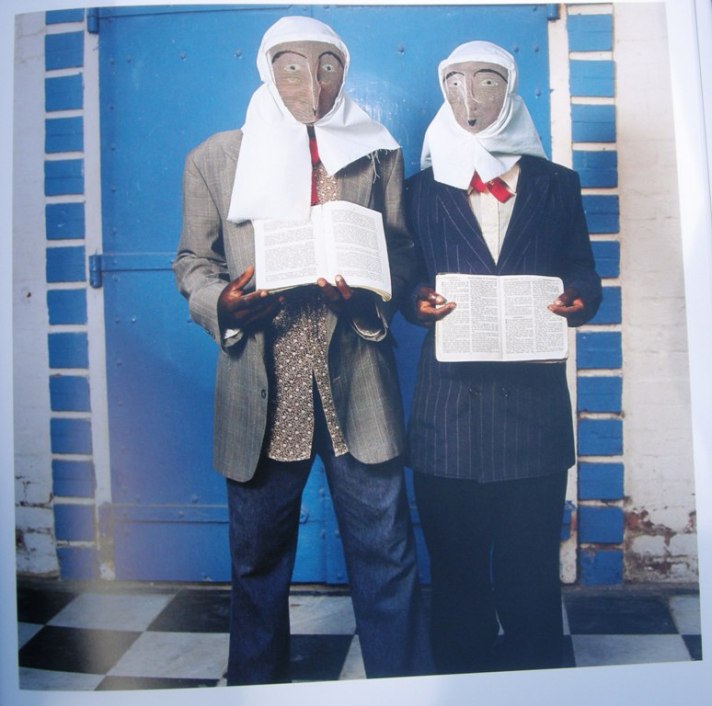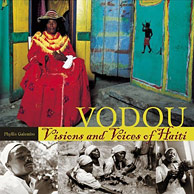Maske is a Haitian kreyol word, meaning to wear a mask. Todays selection of text and some of the most stunning pictures of Haitian Vodou comes from the book ‘Maske’ by Phyllis Galembo.
This acclaimed book with thrilling photographs, showing masquerade performers in Nigeria, Benin, Ghana, Sierra Leone, Burkina Faso, Zambia and Haiti is a celebration of African art, and a work of vivid artistic imagination. Photographs of carnival characters, mostly rooted in African religion and spirituality, are presented in chapters organised by tribal or carnival tradition each introduced by a short text by Galembo about the characters and costumes portrayed. The art of masquerade is introduced by art historian Chika Okeke-Agulu, (himself a participant in masquerade events during his childhood in Nigeria).
See also previous post Maske by Phyllis Galembo -Makishi & Lakishi masquerades & more
Within the African Diaspora, Haitian culture is known for its strong connection to Yoruba, Congo, and other Cross river cultures which, over centuries, slaves combined with influences from local Taino Indians and Europeans, and from Vodou.
For these photographs of traditional religious rituals Galembo went to Haiti, where she documented the traditional priests and priestesses of Vodou during Jacmel Kanaval, when troupes of musicians and dancers fill the streets. A wonderful yet dangerous event, the mood can swing wildy from exuberant joy to defiant aggression. Today, after the catastrophic earthquake of 12 January 2010, Jacmel Kanaval was cancelled and, as I write this, much of Haity including Jacmel, remains in ruins.
First published 2010 by Chris Boot www.chrisboot.com
see also Vodou, Visions and Voices of Haiti
Published by Ten Speed Press; ISBN: 1580086764; 2005
and just one more Voodoo photograph, from Togo…from the book ‘Faces Of Africa’ by Carol Beckwith & Angela Fisher -National Geographic Society USA

A Voodoo devotee from Togo surrenders himself to the spirit of his personal deity. His eyes roll upward and his pupils disappear, leaving only the whites. Depending on which direction they eyes roll, observers can tell what spirit has possessed him. This man, with his eyes rolled toward the sky, is possessed by Hebioso, the thunder god.
This seminal volume first published in 2009 is a landmark. The award-winning team of photographers Carol Beckwith / Angela Fisher and authors of African Ark present a stunning selection of 250 full-color portrait photographs from across Africa, spanning every region of the continent, from the Islamic Africans of the North, to the tribal cultures of sub-Saharan Africa, to the people of the South, in a compact edition of their acclaimed book.
Faces of Africa: Thirty Years of Photography
Beckwith, Carol / Fisher, Angela
Published by Natl Geographic Society 2009-01-06, 2009
ISBN 10: 1426204248 / ISBN 13: 9781426204241















